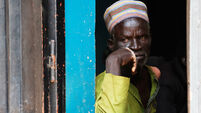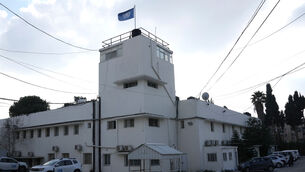Families eke out a living from crop that funds terrorism
Their cinderblock farmhouse, clinging to the stony slopes of northern Morocco’s Rif Mountains, is as empty as an abandoned bunker, but a closer look at their lands reveals an illicit bounty.
On the surrounding mountainsides, emerald swaths of cannabis mature under the Mediterranean sun. Abdurahman has laid out bundles of it to dry on the roof. After a few days he will take the cannabis inside, where it will dry for a month before the resin is extracted and moulded into 200-gram bricks of dung-coloured hashish.














